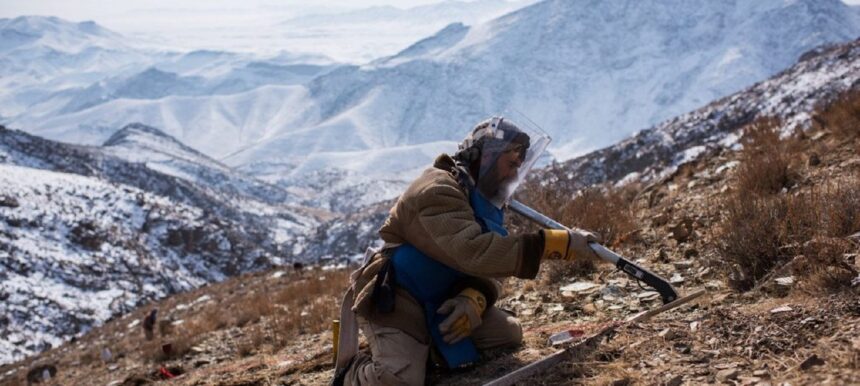RASC News Agency: On the occasion of International Mine Awareness Day, the International Committee of the Red Cross (ICRC) has underscored Afghanistan’s grim reality as one of the most heavily mine-contaminated nations, where vast swathes of land remain littered with explosive remnants of war, posing an imminent and deadly threat to civilians. In its latest report, the ICRC has revealed a harrowing toll of mine-related casualties in 2024, documenting the deaths of 564 individuals 434 of whom were children due to landmine and unexploded ordnance (UXO) explosions across Afghanistan.
The organization recorded 251 mine and UXO-related incidents last year but warned that the true casualty figures are likely significantly higher. The report highlights that Afghanistan’s landscape continues to endanger its population, cautioning that without intensified demining efforts, the country will remain a hazardous terrain for its citizens. The Red Cross further emphasized that Afghanistan’s severe contamination with landmines and explosive remnants has placed civilian lives under persistent threat, necessitating urgent and comprehensive clearance operations to mitigate the risks.
Previously, the ICRC reaffirmed that Afghanistan remains among the world’s most mine-infested countries, with a dire need for sustained international intervention. Over the past two decades, the Taliban extensively deployed improvised explosive devices (IEDs), roadside bombs, magnetic mines, and remotely detonated explosives as part of their insurgent warfare tactics against the former government. Many of these explosives remain undetonated, continuing to pose a lethal hazard.
The remnants of two decades of conflict have claimed hundreds of lives, with vast expanses of Afghanistan’s territory still plagued by landmines many of which have detonated repeatedly, leaving behind a cycle of destruction and suffering.






